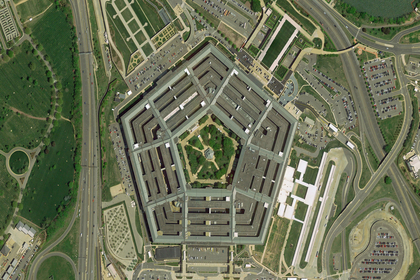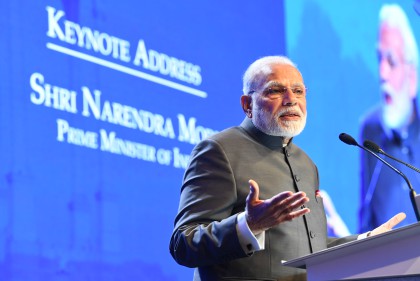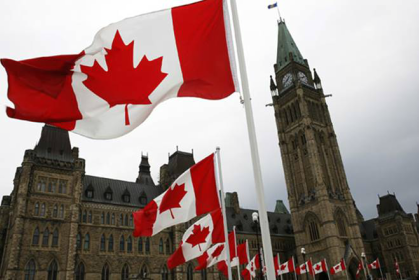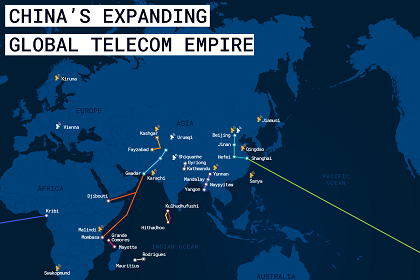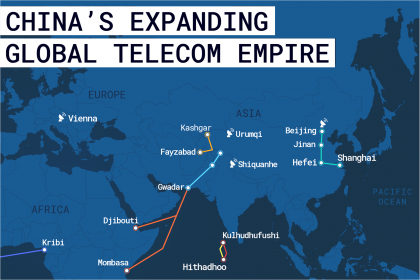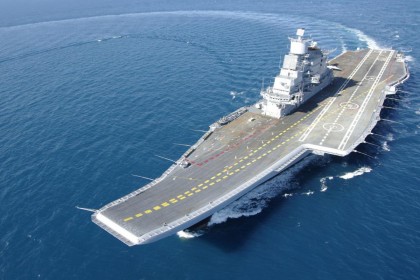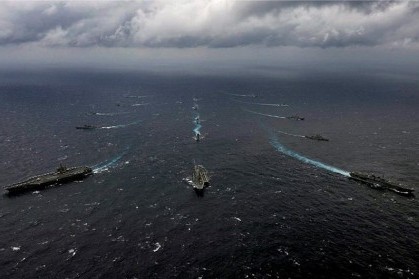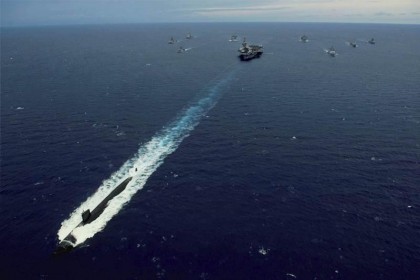U.S. Defense Budget: Mixed signals for the Indo-Pacific
On 28 May 2021, the Biden administration submitted a much-delayed Defense Budget to Congress, asking for $715 billion for 2022, a 1.6% increase over the previous year’s $703.7 billion. This marginal increase highlights the U.S.’s shrinking capacities compared with China, which spends less than a third of the U.S. on defence. This Budget is focussed on challenges in the U.S.’s geographic vicinity, not the administration’s resolve to counter the threat of China from a position of strength.

